The dark, grisly stories behind Disney classics
IF YOU had a happy childhood filled with fond memories of Disney movies, prepare for that to be crushed. We were lied to.
IF DISNEY movies were a huge part of your childhood then you’ll understand the palpable horror of all the times we realised Mickey Mouse LIED TO US.
That sad, moaning sound you hear is a little part of our innocence dying, like when a fairy’s light goes out because children don’t believe anymore.
An animation powerhouse, Disney took classic stories or fairytales and sanitised them for kids, making billions over decades through movie tickets, VHS tapes, toys and theme parks where you have to line up for two hours for each ride.
You could argue Disney did us a kindness by shielding sensitive young souls from broken hearts and saving parents from having to explain the decaying corpse of Esmeralda (“She’s just sleeping, honey, they’re not maggots, they’re marshmallows!”).
Not that Disney was blameless, perpetuating the idea that young women need to be rescued by a prince, or that all stepmothers are inherently evil. But for the most part, it cocooned us in a little world where good always prevailed, baddies got what they deserved and destined lovers never have to worry about bin night.
These are the heartbreaking, and sometimes grisly, truths Disney tried to hide from us.
THE LITTLE MERMAID
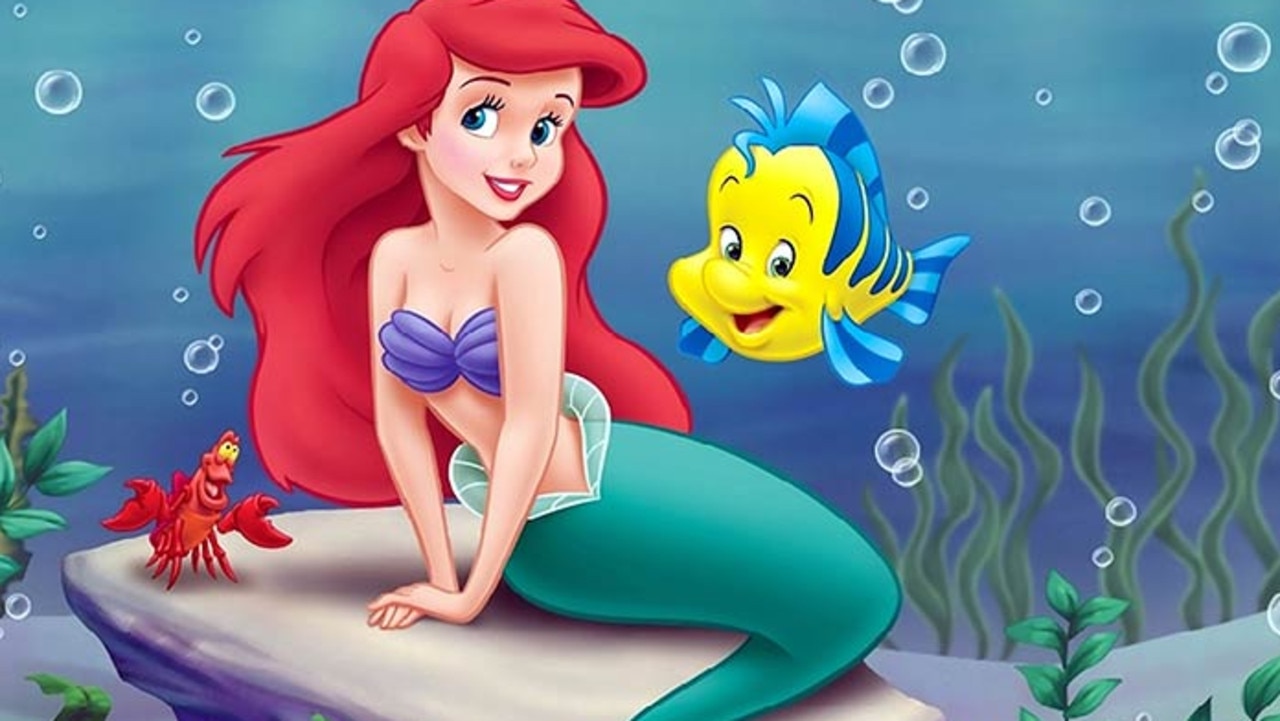
In the original Hans Christian Andersen story, the Little Mermaid saves the Prince’s life but he has no idea she exists. She turns to the sea-witch to make a deal but here when she receives her legs, every time she dances, it feels like she’s stepping on sharp knives. The Prince is in love with someone else and the Little Mermaid will die if she doesn’t win his heart.
Her sisters strike another deal with the sea-witch — if the Little Mermaid kills the now-married-to-someone-else Prince and drips his blood on her agonised feet, she’ll return to her mermaid form. She can’t bring herself to do it so she throws herself off his boat and dies, turning into sea foam.
HUNCHBACK OF NOTRE DAME
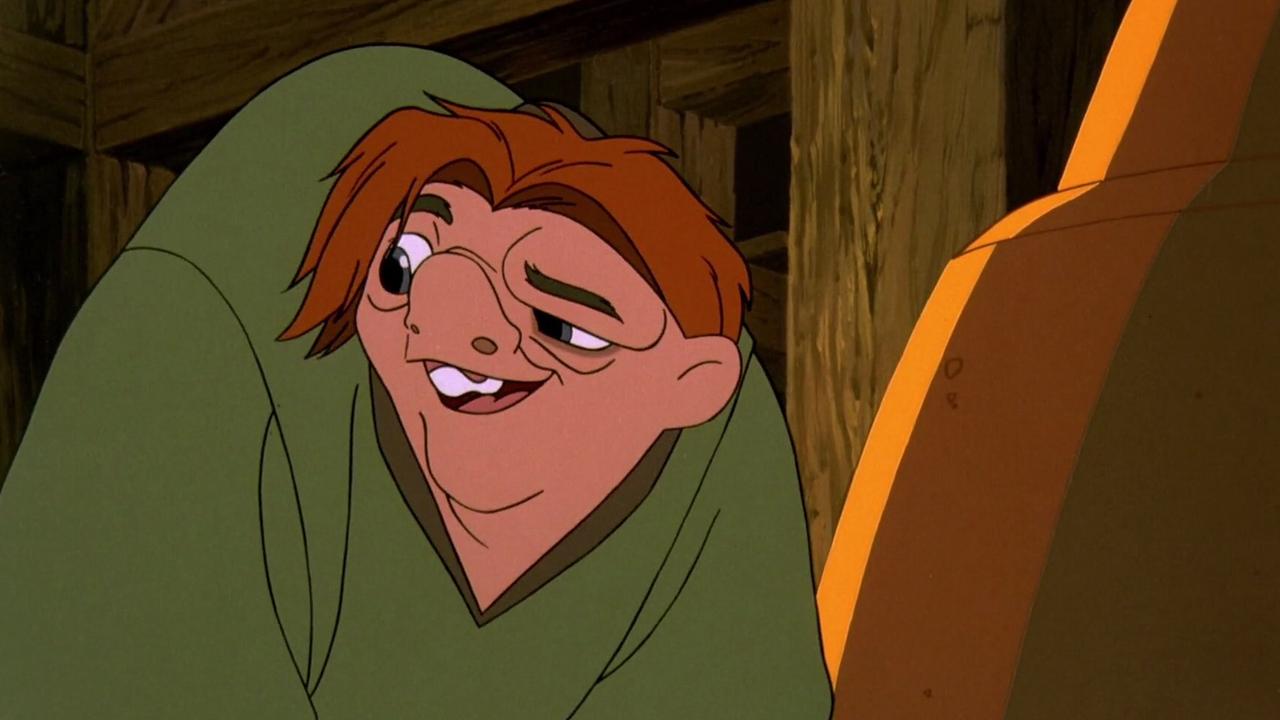
You know how in the Disney version, the evil Frollo is defeated and Quasimodo accepts Esmeralda and Phoebus’ love and he leaves Notre Dame to be hailed as a hero by the people of Paris? It’s a lie. The Victor Hugo novel has much more grim ending.
After Frollo betrays Esmeralda, she is killed by hanging, and the villain maniacally laughs as her life is drained away. Frollo is still pushed to death by Quasimodo but when the hunchback sees Esmeralda’s dead body, he refuses to leave her corpse. He clings to it and eventually dies of starvation.
SLEEPING BEAUTY
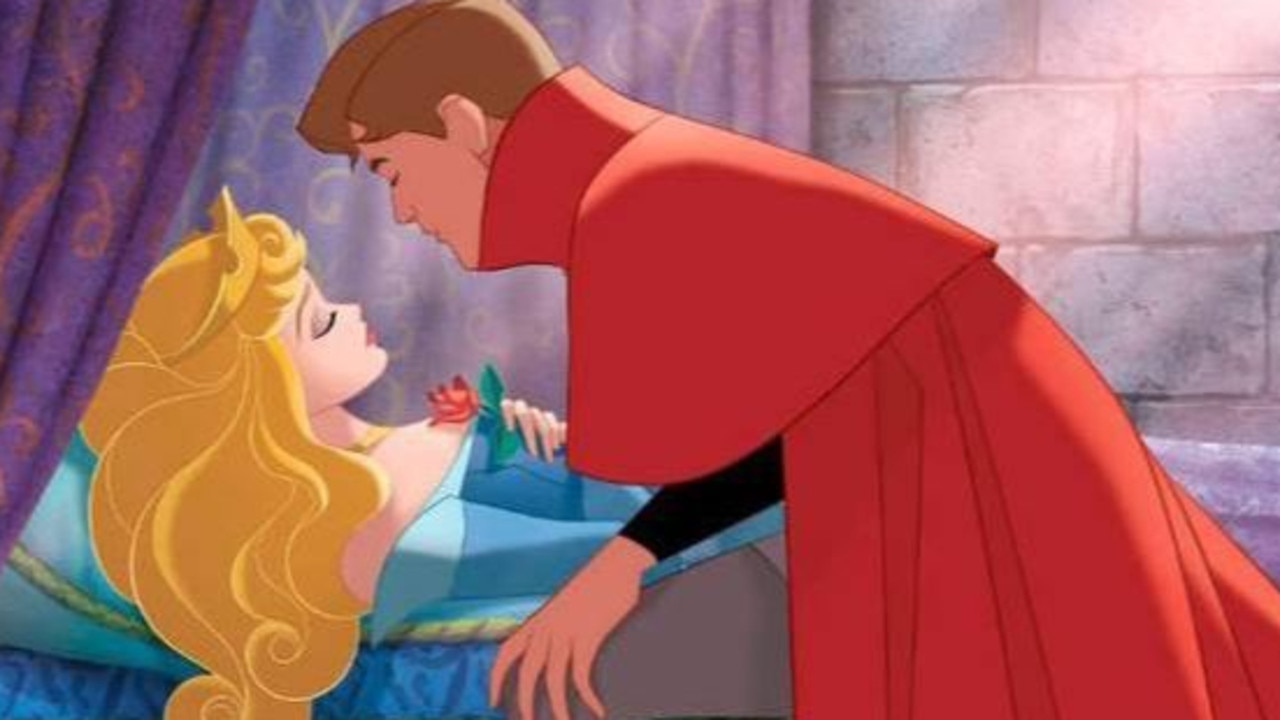
The un-Disney-fied Sleeping Beauty is particularly f**ked up — a harrowing story about consent, because, guess what, comatose women can’t give it. In Giambattista Basile’s version, Talia (Aurora) falls into deep slumber as a result of a prophecy and her castle is shut up until a wandering (in both senses of the word) King breaks in and rapes her.
Talia gives birth to twins while unconscious and eventually one of the babies sucks out the flax that was in her finger, breaking the spell. When the King returns, he vows to be with her but his wife the Queen finds out and sends someone to kill and cook the twins, intending for the King to eat his progeny. The King finds out, burns his wife at the stake and marries Talia, his rape victim. What the actual?!
THE LION KING
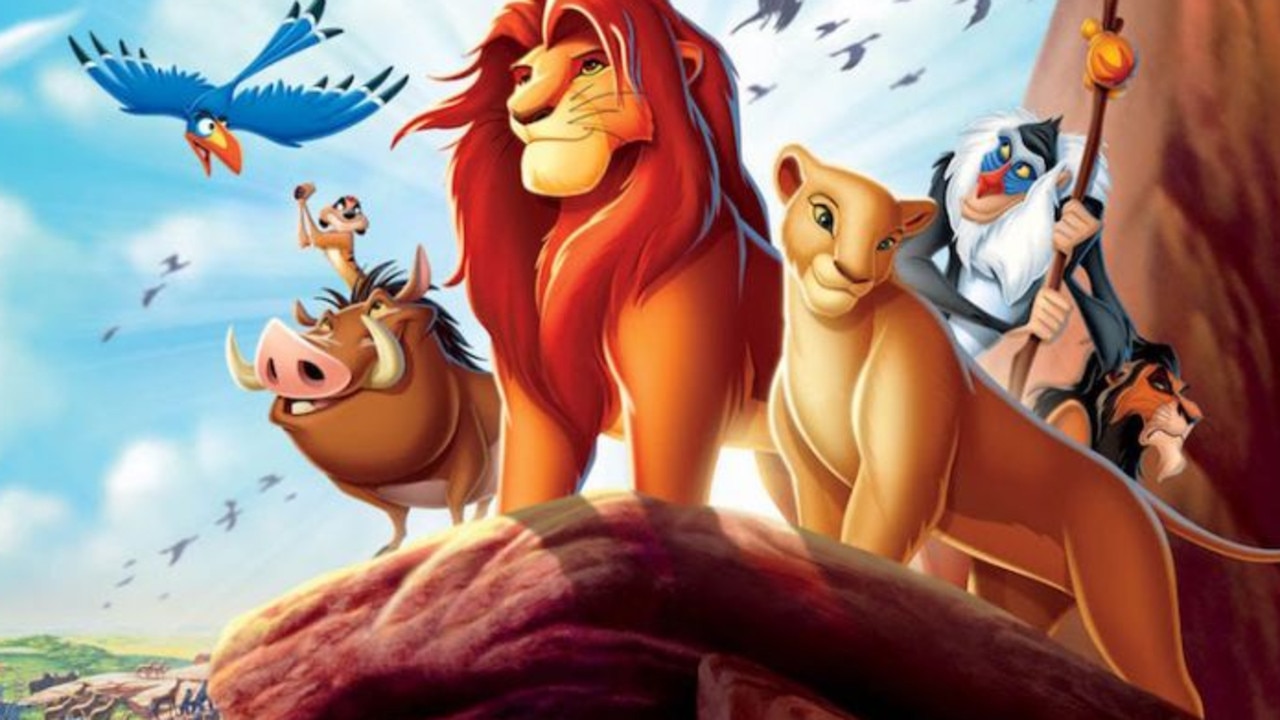
Old mate Will Shakespeare could never have imagined his great tragedy Hamlet would one day be turned into an all-singing, all-dancing tale of feline power struggles. As if the death of Mufasa hadn’t already scarred us for life, imagine how traumatised we would be if Disney had stuck to the source material.
When Hamlet (Simba) finds out his uncle Claudius (Scar) killed his father the King (Mufasa) and marries his mother (Sarabi), he’s out for revenge and to reclaim his crown. But Hamlet doesn’t end with the Prince on the throne with a new bubba to coo over. Instead, EVERYONE DIES. It’s not a circle of life, it’s a line, and that line ends.
(Straight-to-video sequel Lion King 1½ is essentially Timon and Pumbaa doing Rosencrantz and Guildenstern are Dead.)
CINDERELLA

In the Grimms brothers version of the riches-to-rags-to-riches tale, Cinderella is named Aschenputtel and is treated appallingly by her stepmother and stepsisters. But here, her father is still alive and allows his daughter to be emotionally abused. Father of the year.
When the Prince is looking for the maiden who will fit the slipper, the first stepsister cuts off her toes to fit the show while the second cuts off a heel — it’s a bloody, bloody scene. During her wedding to the Prince, Aschenputtel’s doves fly down and peck out the eyes of her wicked stepsisters, blinding them forever. A bit much.
Also, has anyone else noticed that The Bachelor is basically the Prince’s ball but with chlamydia testing? Feminism has come so far.
MULAN
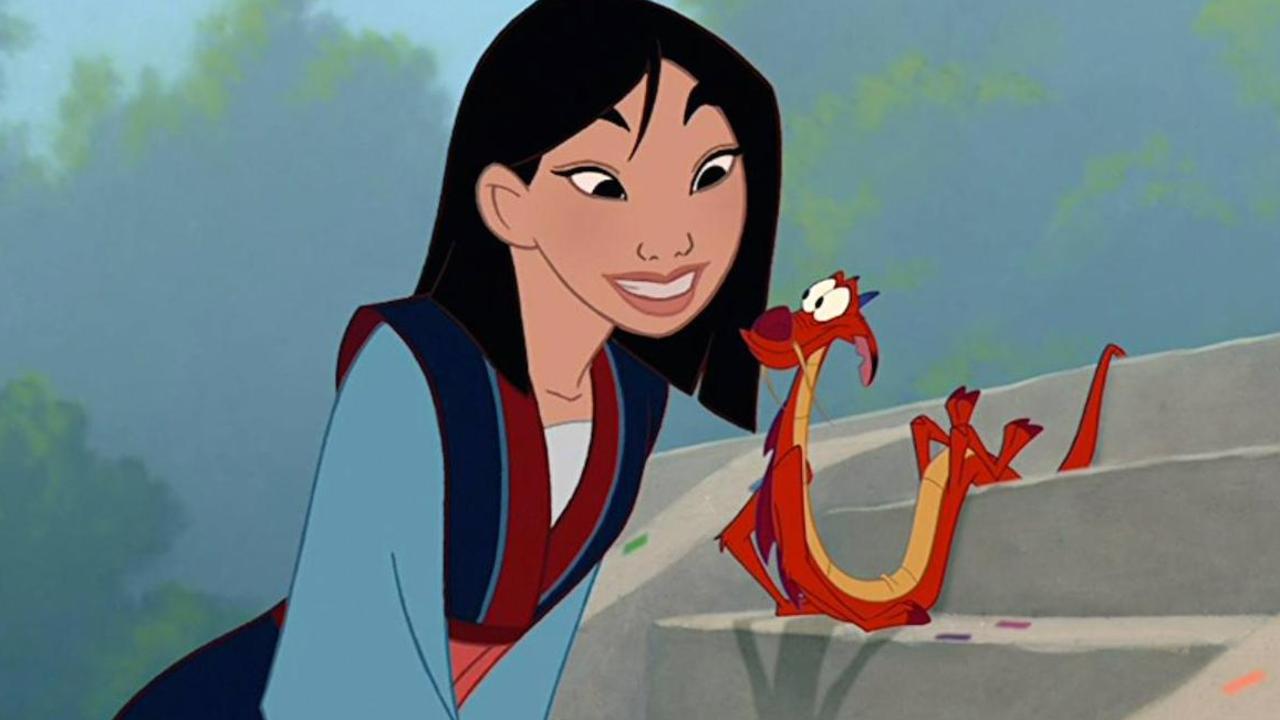
The 1998 movie ends with a military victory, gratitude from the Emperor and a lovely return home to her waiting family. The story behind the Disney version, the Sui Tang Romance, isn’t so sunshine and rainbows. Based on the legend of a female warrior named Hua Mulan, the tale ends quite differently.
After her side loses the war, Mulan returns home to find her father dead and her mother remarried to someone else. When she is summoned to be a concubine to the conqueror Khan, she takes her own life rather than to serve a foreign leader, wishing to be reunited with her dead father in the afterlife.
POCAHONTAS
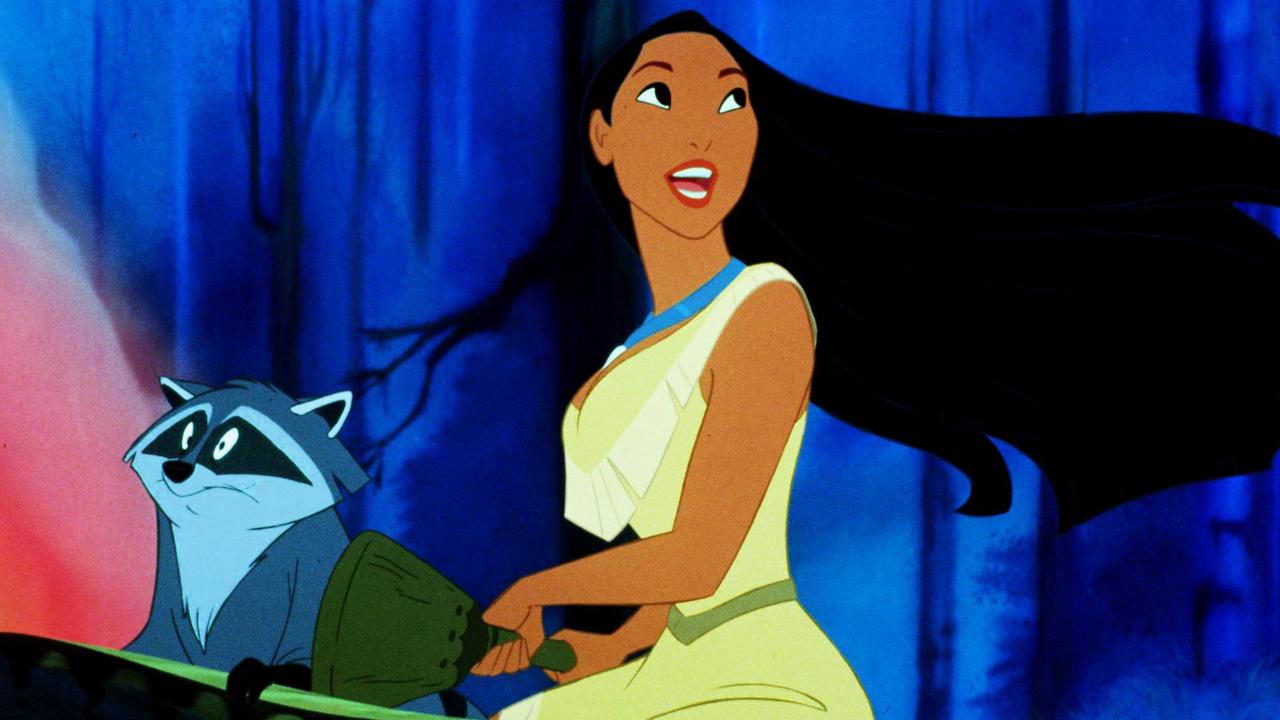
The Disney movie ends with John Smith sailing back to England with a twinkle in his eye and a promise to return. The real-life Pocahontas was never in love with John Smith and there is some dispute over whether she even saved his life.
During conflict between the English settlers and the native tribes, Pocahontas was kidnapped by the Brits who held her for ransom. She learnt about their culture, converted to Christianity, took on the name Rebecca and married some other dude named John. She died in England at 21, possibly of smallpox, tuberculosis or, as some have speculated, poison. What a happy ending indeed.
Share your movies and TV obsessions with @wenleima on Twitter.




